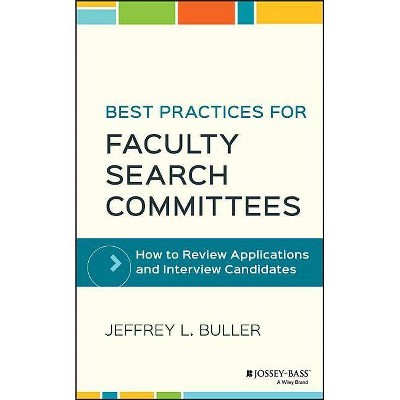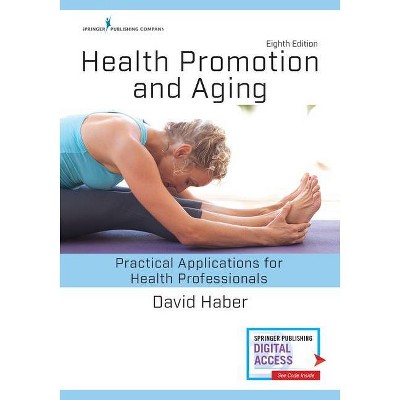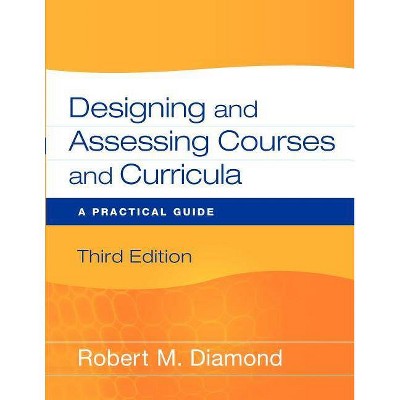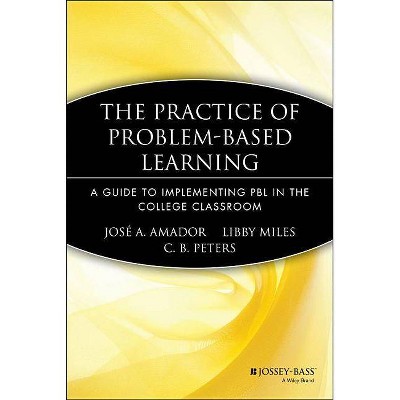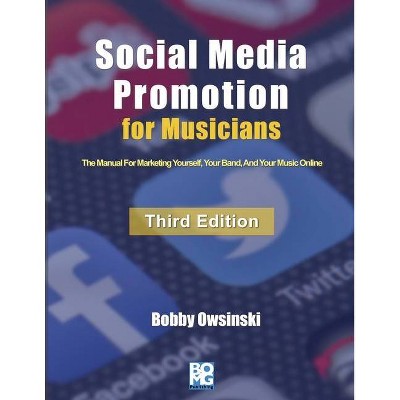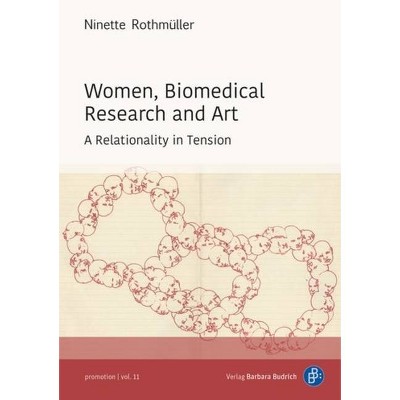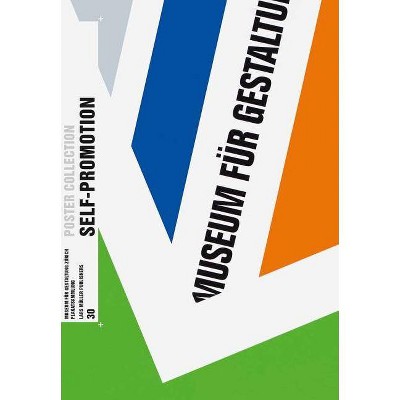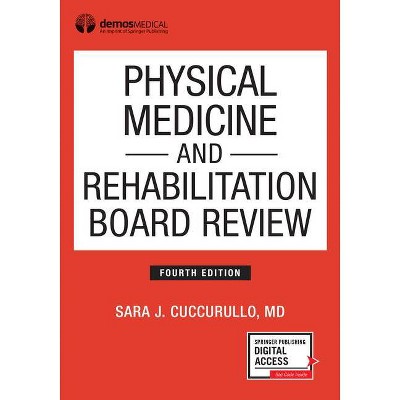Serving on Promotion, Tenure, and Faculty Review Committees - (Jb - Anker) 2nd Edition by Robert M Diamond (Paperback)
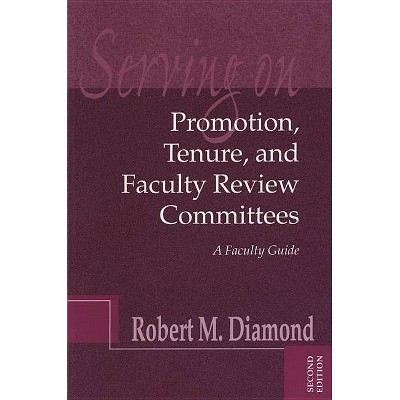
Similar Products
Products of same category from the store
AllProduct info
<p/><br></br><p><b> Book Synopsis </b></p></br></br>This is a concise, easy-to-use guide for committee members involved in the review of faculty for tenure, post-tenure, promotion, or contract renewal. While the focus of these committees is somewhat different across institutions, the questions asked, the data collected, and the need for a high-quality, equitable process is consistent. Provosts, deans, department chairs, and other committee members have found this book an essential resource rich in valuable suggestions. <p>This second edition expands and updates the discussion of the differences among the disciplines; interdisciplinary and collaborative work; special assignments; documenting scholarly, professional, and creative work; and the professional portfolio. While maintaining its practical, comprehensive approach, it also provides new information on</p> <ul> <li>Technology and the changing roles of faculty</li> <li>The importance of assessing faculty collegiality</li> <li>Documenting an instructional innovation or use of technology</li> <li>The narrative portions of the teaching portfolio</li> <li>Two new disciplinary statements</li> <li>Documenting effectiveness and impact as a member of a team</li> <li>Characteristic models for describing faculty scholarship</li> </ul> <p>The book is organized into two parts: </p> <p>Part I consists of some basic principles for committee members; important consideration of such issues as existing policies and statements relating to promotion and tenure and the priorities of the institution and academic unit; and documenting and assessing faculty work.</p> <p>Part II features disciplinary statements on the work of faculty; useful references and resources; and examples of how to document a range of nonresearch-related faculty's scholarly and professional activities.</p><p/><br></br><p><b> From the Back Cover </b></p></br></br>This concise, easy to use handbook has been a best seller since the publication of its first edition in 1994. Those involved in the promotion and tenure process-- provosts, deans, department chairs, and committee members-- have found it to be an essential resource that is rich in valuable suggestions. <p>This new edition contains the same practical, comprehensive process that made it so successful, and also provides much new information. Important material discussed in the first edition-- the differences among the disciplines; interdisciplinary or collaborative work; special assignments; documenting scholarly, professional, and creative work; and the professional portfolio-- has been expanded and updated. In addition to this enhanced material, this second edition contains new information on technology and the changing roles of faculty; the importance of assessing faculty collegiality; documenting an instructional innovation or use of technology; the narrative portions of the teaching portfolio; two new disciplinary statements; documenting effectiveness and impact as a member of a team; and a characteristics model for describing faculty scholarship.</p><p/><br></br><p><b> Review Quotes </b></p></br></br><br>... essential for anyone involved in the review of faculty.<br /> --Anne Hook (<i>AAHE Bulletin</i>, September 2002)<br><p/><br></br><p><b> About the Author </b></p></br></br><b>ROBERT M. DIAMOND</b> is Research Professor at Syracuse, University, Visiting Professor at the University of South Florida St. Petersburg, and President of the National Academy for Academic Leadership. He was formally Assistant Vice Chancellor, Director of the Center for Instructional Development, and Professor of Instructional Design, Development & Evaluation, and Higher Education at Syracuse University, where he directed the National Project on Institutional Priorities and Faculty Rewards funded by Carnegie Foundation for the Advancement of teaching, The Fund for the Improvement of Post Secondary Education, The Lilly Endowment, and The Pew Charitable Trusts. He coauthored the 1987 National Study of Teaching Assistants, the 1992 National Study of Research Universities and the Balance Between Research and Undergraduate Teaching, and was responsible for the design and implementation of Syracuse University's award-winning high school/college transition program, Project Advance. He also codirected the Syracuse University Focus on Teaching Project. Dr. Diamond has published extensively and is a consultant to colleges and universities throughout the world.
Price History
Price Archive shows prices from various stores, lets you see history and find the cheapest. There is no actual sale on the website. For all support, inquiry and suggestion messagescommunication@pricearchive.us
